You may be familiar with the different types of teeth: incisors, canines, and molars. But did you know each type of tooth is designed for a specific purpose? Humans and animals have specific types of teeth that fit their individual needs and diet. In fact, scientists can determine what kind of diet an animal may have simply by examining the teeth and skull.
Herbivores
As the name implies, herbivores eat plants and vegetation only. Some will eat nearly any type of plant, while others will eat only one or two types.
Plants tend to be harder to break down and digest. As a result, herbivores need wide teeth that can grind tough plants. This is where molars are the most useful. The molars often have ridges and their jaws may move from side to side to grind the food up even more. Cows, sheep, and horses are common examples of herbivores.
Sharp canine teeth are not common in herbivores, as they typically have no use for them. Some do have incisors, however, which can be helpful in cutting leaves or plants off a vine or tree.
Carnivores
Carnivores are meat eaters. They rely upon eating other animals as their primary dietary source.
They typically have sharp incisors and canine teeth in the front of their mouths. These are well-suited for tearing meat off bones. Some carnivorous mammals, such as lions and tigers, have fangs for killing their prey. Fangs are a type of canine teeth — just longer and sharper.
Carnivores often have strong jaw muscles too. This, combined with their sharp canines and incisors, helps them get their next meal.
Omnivores
Humans are omnivores; we are creatures that have evolved to eat both plant and animal foods. Because of this, our mouths have teeth that are found in herbivores and carnivores. We have molars in the back for grinding plant food, and incisors and canines in the front for meats. Although we don’t think of humans as having to hunt and kill their prey in modern times, the canine and incisor teeth in our mouth were originally designed for this purpose. Some animals are omnivores too, such as black bears and pigs.
Teeth are a specialized and fascinating part of many of earth’s living creatures. Although their primary purpose is to help us catch and digest food, we want them to look and feel great too. Take great care of your molars, canines, and incisors so you can eat a healthy and varied diet — and have a great-looking smile. Brush and floss daily, and see your dentist every six months for a checkup. Contact our office to schedule your next dental appointment!
Insurances We Accept
Dentists at Armstrong-Katzmark DDS believe that everyone has a right to affordable, high-quality dental care near Houston, TX. For that reason, our professional team is committed to caring for our patients with respect and compassion. So, count on us for comprehensive treatments that address both your minor and significant oral health needs. What’s more, we do so by keeping dental payments budget-friendly and straightforward.
Visit Our Office
Office Hours
- MON8:00 am - 6:00 pm
- TUE8:00 am - 6:00 pm
- WED8:00 am - 6:00 pm
- THU8:00 am - 6:00 pm
- FRIClosed
- SATClosed
- SUNClosed
10370 Richmond Ave. Ste 310,
Houston, TX
Phone : (832) 251-1234Text Us : (832) 251-1234






